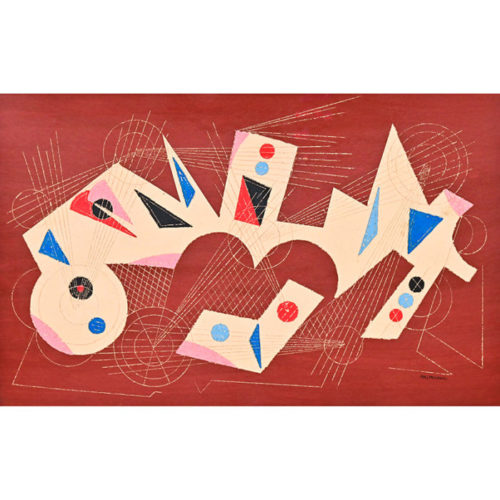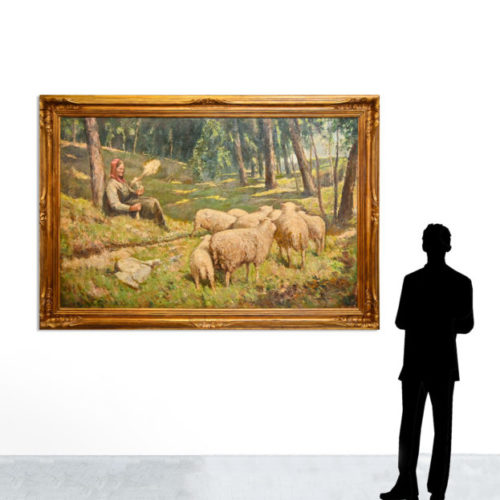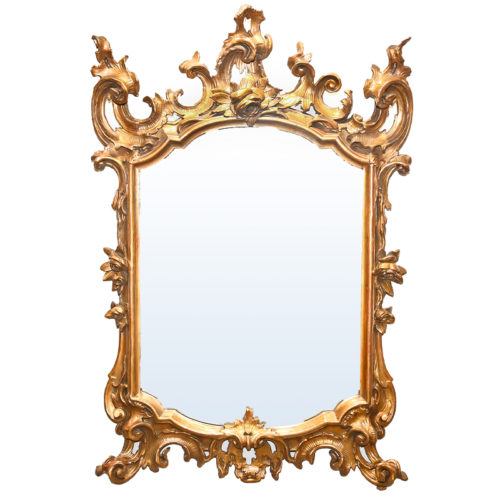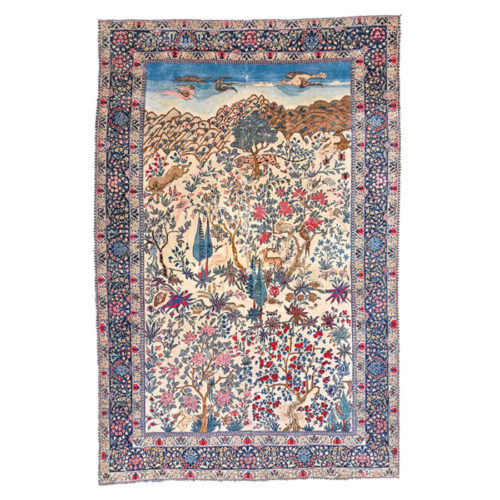-
 "Composition" by Umberto Mastroianni (Fontana Liri 1910 - Marino 1998), mixed technique / cardboard signed on the lower right, work number 0019. Authentication of the artist on photo. Umberto Mastroianni was born in Fontana Liri, in the province of Frosinone, on 21 September 1910. After his studies at the Academy of San Marcello in Rome, he moved with his family to Turin, continuing his training under the guidance of the master Guerrisi. His first works have a futurist imprinting; in particular he will be influenced by the works of Boccioni which Mastroianni tinges with neo-Cubism. The artist will be the founder of the Turin Prize in 1947 and, during his life, will receive important awards such as the International Grand Prize for Sculpture (Venice Biennale 1958) and the Tokyo Imperial Prize (1989). World famous artist, Umberto Mastroianni died on February 25, 1998 in his house-museum in Marino (Rome), leaving many masterpieces to posterity. Measurements: In frame H 77.5 x W 93.5 cm x D 5.5 / Canvas H 48.5 x W 65.5 cm
"Composition" by Umberto Mastroianni (Fontana Liri 1910 - Marino 1998), mixed technique / cardboard signed on the lower right, work number 0019. Authentication of the artist on photo. Umberto Mastroianni was born in Fontana Liri, in the province of Frosinone, on 21 September 1910. After his studies at the Academy of San Marcello in Rome, he moved with his family to Turin, continuing his training under the guidance of the master Guerrisi. His first works have a futurist imprinting; in particular he will be influenced by the works of Boccioni which Mastroianni tinges with neo-Cubism. The artist will be the founder of the Turin Prize in 1947 and, during his life, will receive important awards such as the International Grand Prize for Sculpture (Venice Biennale 1958) and the Tokyo Imperial Prize (1989). World famous artist, Umberto Mastroianni died on February 25, 1998 in his house-museum in Marino (Rome), leaving many masterpieces to posterity. Measurements: In frame H 77.5 x W 93.5 cm x D 5.5 / Canvas H 48.5 x W 65.5 cm -
 Oil on canvas by Alberto Cecconi (Florence 1897 - 1971), Florentine painter. Large painting from the 1940s, signed at lower right. The scene is set in a wooded landscape and depicts a woman intent on spinning and sheep grazing. Period: 1940s Measurements: H 118 x W 168,5 x D 10,5 cm / Canvas H 95 x W 145 cm
Oil on canvas by Alberto Cecconi (Florence 1897 - 1971), Florentine painter. Large painting from the 1940s, signed at lower right. The scene is set in a wooded landscape and depicts a woman intent on spinning and sheep grazing. Period: 1940s Measurements: H 118 x W 168,5 x D 10,5 cm / Canvas H 95 x W 145 cm

